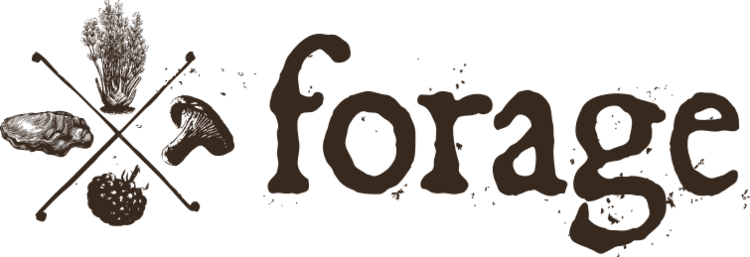forageSF's Alexandra Hudson highlights the wonders of Hawthorne and Miner's Lettuce, plants rich in history, health benefits, and connection to the earth's cycles.
Read MoreLearn the art of plant identification through the lens of forageSF's expert, Alexandra Hudson, discovering the unique characteristics that distinguish each plant in forests and parks.
Read MoreCommonly overlooked as just another weed, wild lettucet has a storied tradition in herbal medicine as a source of relief for a variety of discomforts.
Read MoreA fun way to experience nature and discover the local flora and fauna is to go mushroom hunting in California. While some individuals prefer to go mushroom foraging alone, others would rather go on a trip with a guide.
Read MoreCalifornia boasts a rich variety of fungi that can be foraged throughout the year, from the sought-after Morel mushrooms to the highly prized Chanterelles, among others such as Porcini, Lobster, and Hedgehog mushrooms.
Read MoreMany people wonder if kelp and seaweed are the same thing, but they are in fact two different types of marine algae. While both kelp and seaweed are incredibly nutritious and versatile, they do have some key differences.
Read MoreHere’s a list of several particularly poisonous mushrooms found on trees, with descriptions of their appearance, the symptoms of poisoning they can cause, and their potential for being confused with edible species.
Read MoreCauliflower mushrooms, also known as Sparassis crispa, are like the hidden gems of the wild mushroom world. Their taste is celebrated by foragers, but finding them can be a bit like searching for a needle in a haystack.
Read MoreForaging is like a treasure hunt in nature, letting us explore and connect with the environment by gathering wild goodies like plants, fruits, and nuts. It's a fun and educational way to appreciate the outdoors and discover foods you won't find at the grocery store.
Read MoreDive into Northern California's spring tradition of morel mushroom hunting—a rewarding adventure where you can discover these unique, cone-shaped treasures in post-wildfire areas, best enjoyed with the expertise of seasoned foragers guiding the way.
Read MoreIn Northern California's forests, chanterelles thrive under conifers and oak trees during late fall and winter. These mushrooms, with their distinctive orange-yellow hue and unique shape, usually hide under conifers and oak trees.
Read MoreIf you live in Northern California, it would be a shame to never collect and prepare seaweed on your own. This part of the country has a bounty of delicious wild seaweeds.
Read MoreNorthern California is home to an array of wild seaweed. Despite the many seaweed forests, there is still a need to be mindful when harvesting.
Read MoreWith spring creeping around the corner, people who know about harvesting wild seaweed start to get ready. This is the best time of year to go out looking for marine algae.
Read MoreSea Lettuce is a type of delicious seaweed that grows all the way down the West Coast. It pops up annually, giving avid seaweed foragers ample opportunity to collect some and try it out at home.
Read MoreThere are many reasons to get into foraging for wild seaweed. One of the main ones is how delicious this superfood is.
Read MoreIf you’re a long time Forage Family member, you’ll notice that we raised the prices on our weekend mushroom foraging classes this year, and I thought it would be nice to write a bit about our reasoning.
Read MoreIn Northern California, you can find several different types of red, green, and brown algae. Below, we highlight some of the best-tasting brown algae because seaweed foragers often overlook them.
Read MoreIf you live in Northern California, you can find loads of edible seaweed on the coast. Since it often grows in large forests, harvesting lots of tasty seaweed is very possible!
Read MoreFinding new types of wild edible mushrooms can be a rewarding experience. While some mushroom foragers know what they like and only go for certain
Read More




















